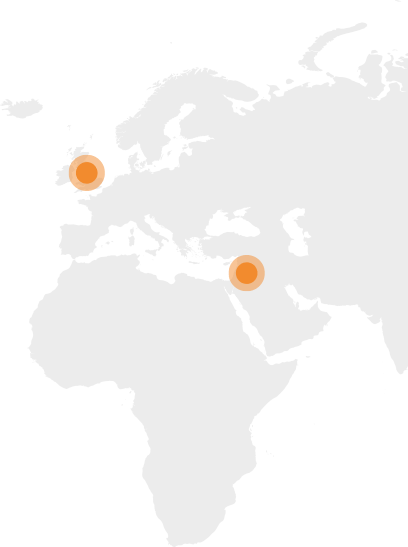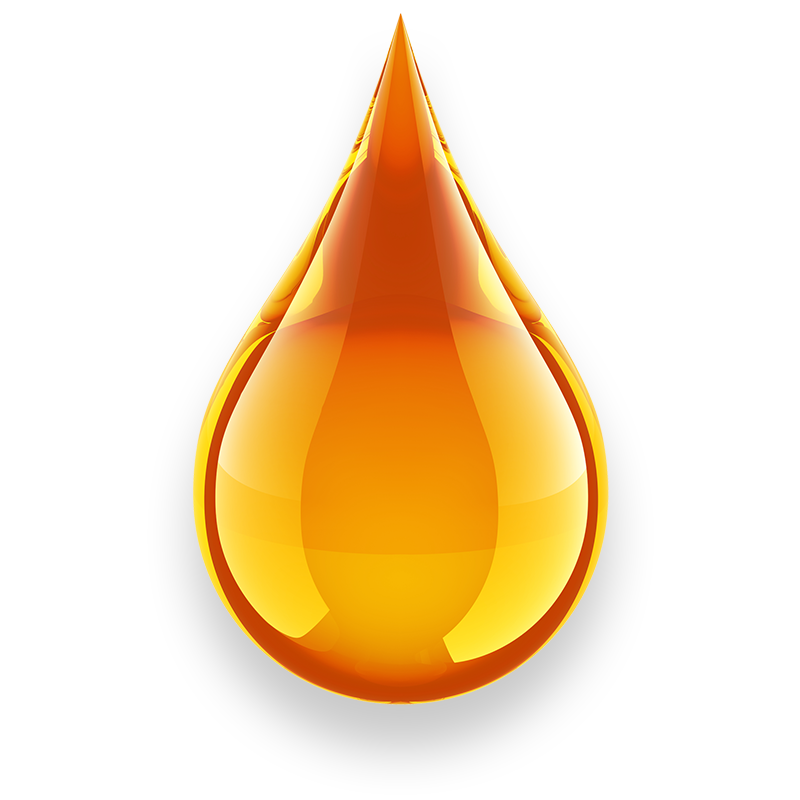
Acai Berry
Main Ingredients: Anthocyanins
Geographical Spread
Açai is a native Brazilian palm tree in the Amazon region. The fruit (Açai Berry), dark purple color, is collected throughout the year, and especially in the period from August to December.

Historical Features
According to the results of recent studies associating Açai Berry components with oxidative stress due to UV-A radiation, there are indications that the fruit can be used as a preventative anti-aging agent against skin aging (Petruk, et al., 2017).
Pharmaceutical Use
In the past, Açai Berry was consumed by populations around the Amazon and it was considered an important element of their daily diet. However, in the last decade, it is consumed in regions such as Europe, the USA and Japan in the form of tablets, wine or other beverages. The main cause of this increase in consumption is the spread of its beneficial properties (Pala, et al., 2017).

Phytochemical Composition
The main ingredients of Açai are polyphenols, such as anthocyanins, monounsaturated fatty acids and fiber. In particular, its polyphenolic components are classified as lower molecular weight components during digestion, which in turn have additional beneficial bioactive effects. Finally, the high content of Açai in good fatty acids and carbohydrates makes it a very good source of energy (Alqurashi, et al., 2017).
- Alqurashi, R. Μ., Alarifi, S. N., Walton, G. E., Costabile, A. F., Rowland, I. R., & Commane, D. M. (2017). In vitro approaches to assess the effects of açai (Euterpe oleracea) digestion on polyphenol availability and the subsequent impact on the faecal microbiota. Food Chemistry, 190-198.
- Pala, D., Barbosa, P. O., Silva, T. C., de Souza, M. O., Freitas, F. R., Pinheiro Volp, A., . . . Nascimento de Freitas, R. (2017). Açai (Euterpe oleracea Mart.) dietary intake affects plasma lipids, apolipoproteins, cholesteryl ester transfer to high-density lipoprotein and redox metabolism: A prospective study in women. Clinical Nutrition, 1-6.
- Petruk, G., Illiano, A., Del Giudice, R., Raiola, A., Amoresano, A., Rigano, M., . . . Monti, D. (2017). Malvidin and cyanidin derivatives from açai fruit (Euterpe oleracea Mart.) counteract UV-A-induced oxidative stress in immortalized fibroblasts. Journal of Photochemistry & Photobiology, B: Biology, 42-51.


